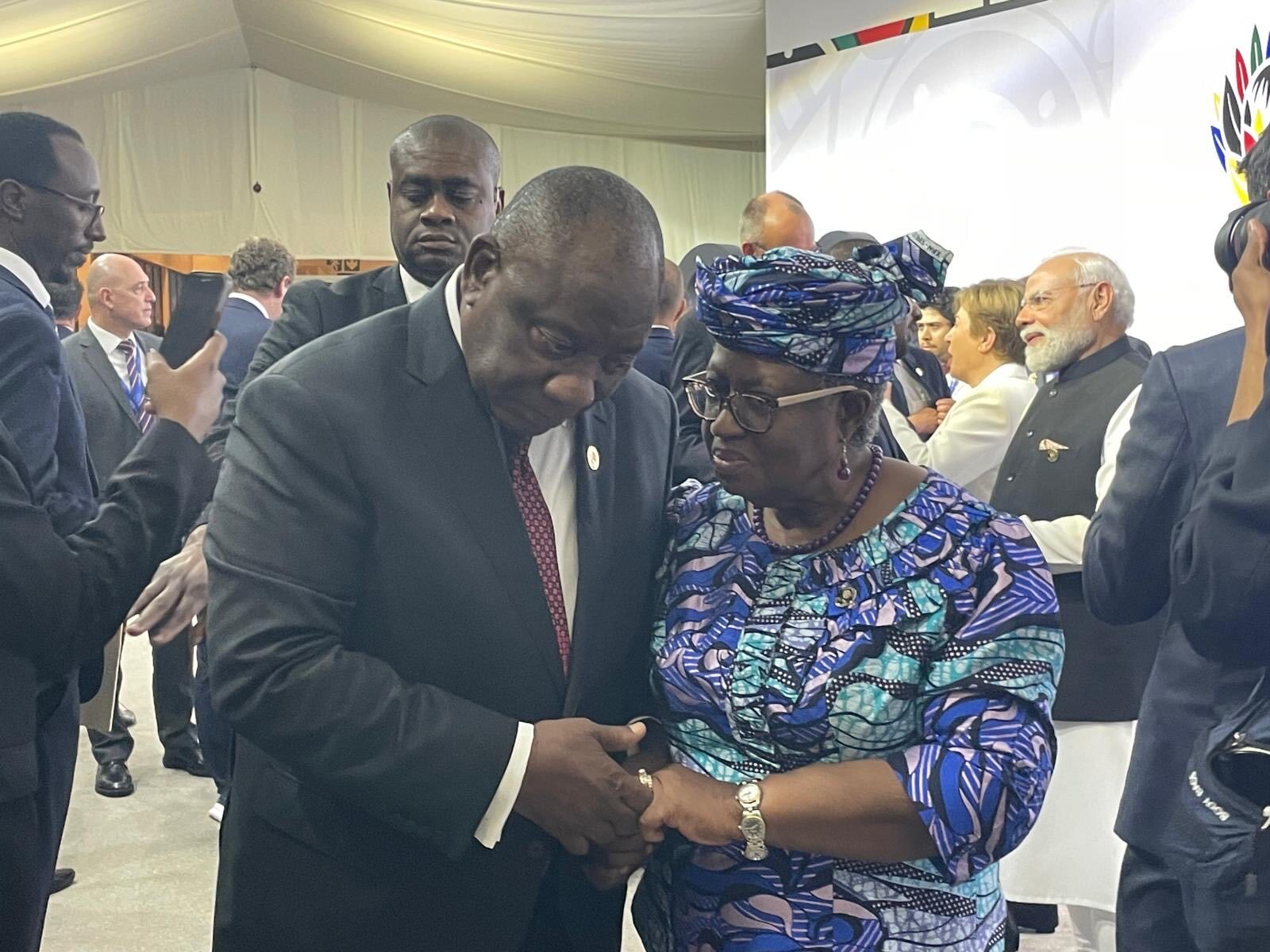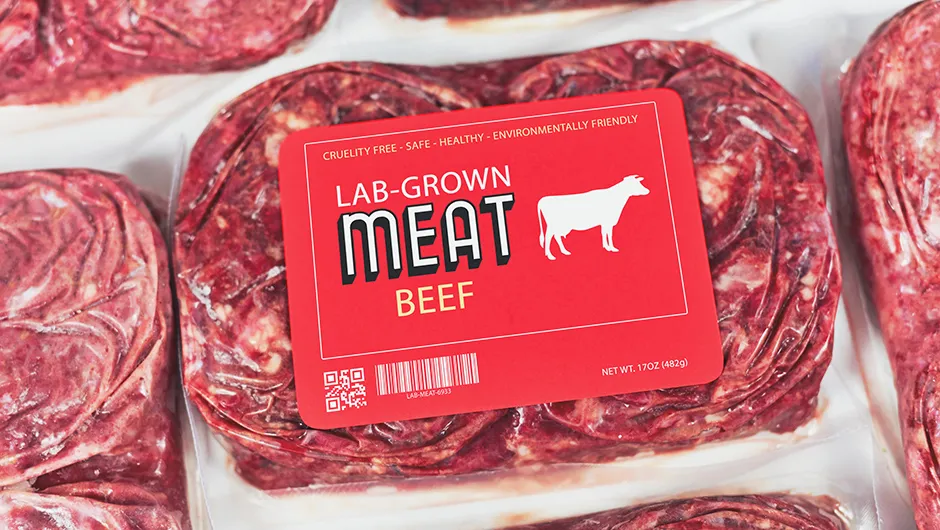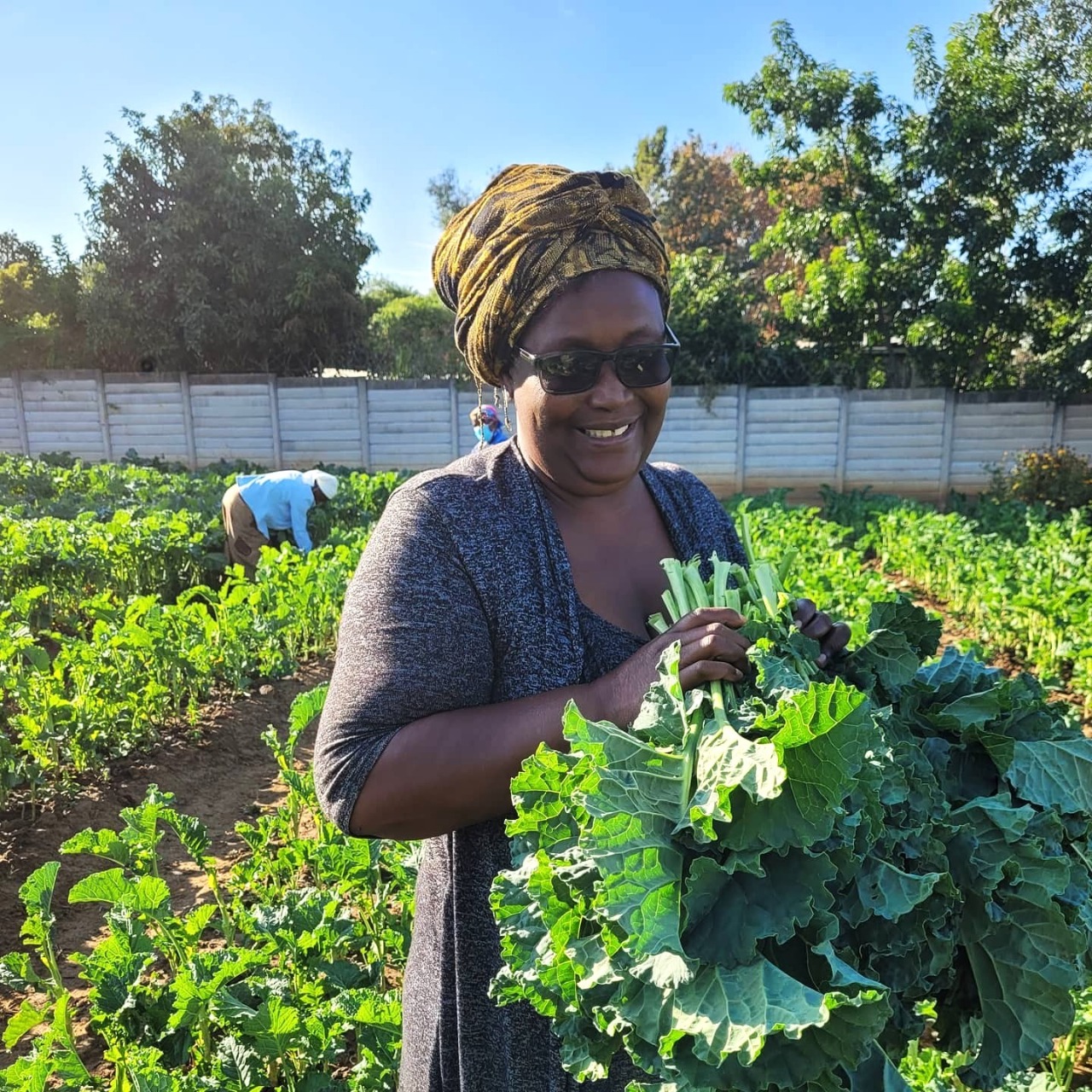Africa’s Rice Revolution: Building Food Sovereignty Through Innovation
(13).jpeg)
Rice has emerged as a cornerstone of food security across Africa. Once a celebratory dish, it is now a daily staple in many households. Yet, for all its cultural and nutritional importance, local production consistently falls short, creating a critical gap between supply and demand.
In Lagos, Nigeria, the price of a 50 kg bag of rice spiked from ₦2,500 in 2000 to ₦75,000 by 2024, underscoring severe affordability pressures for families, as shown in the Jollof Index. This reality is not unique to Nigeria; rising prices and import dependency are widespread concerns.
Despite producing around 60% of its rice needs, Nigeria remains heavily reliant on imports. A projected 55% price increase in 2025 threatens to compound economic pressures on households and governments alike, according to MillingMEA and Nairametrics.
Innovation offers a viable path forward. The AfricaRice Smart Valleys program equips rural farmers with low-cost water control infrastructure, doubling yields in sites across West Africa. In Côte d’Ivoire, yields rose from 2 t/ha to 4.5 t/ha, significantly boosting incomes.
(17).jpeg)
Image credit: Reuters
Meanwhile, NERICA (New Rice for Africa) hybrids offer the best of both worlds, Asian rice yield and African resilience. Developed by the AfricaRice Center, these varieties mature faster, resist pests, and can yield up to 5 t/ha under optimal conditions.
By 2021, NERICA had replaced traditional rice on over 2.1 million hectares and helped lift 8 million people out of poverty while improving food security for millions more, as highlighted in the SDG impact report.
However, ramping up production is only one part of the equation. Processing capacity remains a bottleneck. The Imota Rice Mill in Lagos, spanning 22 hectares, was built to process 2.8 million 50 kg bags annually, creating over 250,000 jobs and representing one of sub-Saharan Africa’s most significant agro-industrial investments.
Despite its scale, production lagged in the first year, only 50,000 bags were processed, highlighting challenges in sourcing consistent paddy supplies and efficient operations. To keep the mill supplied, Lagos State is committing ₦100 billion annually through its Commodities & Futures Exchange, intended to smooth supply and sustain operations.
Import barriers such as rising port costs, unofficial border imports, and exchange rate volatility, persistently undermine local efforts, reinforcing Africa’s reliance on external rice supplies. US trade data shows Nigeria alone imports more than 1.7 million metric tons annually.
Beyond physical infrastructure, sustainable practices like the System of Rice Intensification (SRI) are transformative. In Kenya’s Mwea region, SRI fields achieved 14.8 t/ha, far outperforming traditional plots, while reducing irrigation needs by 24%.
Agrivoltaics, a dual-use model combining crop cultivation with solar panels, is showing promise in East Africa—delivering renewable energy, irrigation efficiency, and shade in one integrated system.
Technology is also playing a growing role. Platforms like SellHarvest connect farmers directly to buyers, reducing waste and improving margins. While adoption remains limited, ICT is increasingly recognized as critical to agricultural growth.
Still, barriers persist—from post-harvest losses, often reaching 30–40% due to poor storage and transport, to subsidized Asian rice imports, which distort markets and undercut local producers.
Regional Perspectives
(16).jpeg)
Image credit: RiceAtlas
In West Africa, countries like Senegal and Mali have expanded irrigation schemes under the Great Green Wall initiative, indirectly boosting rice yields by protecting farmland from desertification. Senegal’s Anambé Basin rice project doubled yields in five years.
In East Africa, Tanzania’s Kilombero Valley has become a model for public-private partnerships. Collaborations with Kilombero Plantation Limited have provided smallholders with mechanized harvesting services, reducing losses by 25%.
In Southern Africa, Madagascar’s experience with NERICA and SRI has inspired Zambia to pilot similar programs. Farmers there report not only higher yields but also greater resilience to climate shocks like droughts and floods.
Trade Dynamics and Global Pressures
Africa’s rice challenge cannot be solved without addressing the global market. Asia, particularly Thailand and India, dominates exports. When these countries restrict exports, African importers face sudden price spikes, as happened in 2023.
Currency fluctuations further complicate the picture. A weakening naira or cedi increases import bills, while subsidies in exporting countries make it hard for African farmers to compete.
Policy and Governance Reforms
Several governments are responding with strategic interventions. Nigeria’s Anchor Borrowers Program provided subsidized loans to over 4 million farmers, boosting local production and milling capacity. Ghana’s Planting for Food and Jobs initiative has supported paddy cultivation while modernizing storage and processing.
Regional trade bodies like ECOWAS are exploring common agricultural policies to coordinate production and stabilize supplies. African Continental Free Trade Area (AfCFTA) frameworks may also help by harmonizing tariffs and encouraging intra-African rice trade.
Climate-Resilient Innovation
The threat of climate change demands urgent adaptation. Farmers are adopting floating rice varieties in flood-prone areas of Nigeria’s Niger Delta. In drought-prone zones, drip irrigation systems, supported by organizations like IFAD, are reducing water use while maintaining yields.
Digital weather forecasting services, such as aWhere, are enabling farmers to make informed planting and harvesting decisions, cutting risks linked to unpredictable seasons.
(15).jpeg)
Image source: Google
The Consumer and Cultural Shift
Urbanization is reshaping rice consumption. African cities are witnessing a surge in demand for parboiled rice, preferred for its taste and nutritional value. Local millers who meet these quality standards can command premium prices.
At the same time, initiatives like Eat Local Nigeria are encouraging consumers to embrace locally grown rice, fostering national pride and reducing dependency on imports.
A Vision for Food Sovereignty
Achieving rice sovereignty in Africa demands multi-pronged action:
Scaling Smart Valleys across diverse agro-ecologies
Expanding NERICA seed distribution with robust extension services
Ensuring mega-mills like Imota operate at full capacity
Investing in storage, transport, and digital marketplaces
Encouraging climate-smart farming via SRI, agrivoltaics, and precision irrigation
Reforming trade policies to protect domestic producers
Integrating women and youth as central beneficiaries
By marrying innovation with inclusivity, Africa can transform rice from a symbol of dependency to one of resilience and prosperity.
Conclusion
Africa’s rice journey is more than an agricultural challenge, it is a test of the continent’s ability to chart its own food destiny. The tools, technologies, and talents are already here; what remains is the sustained will to connect them into a resilient, self-reinforcing system. By scaling innovation, strengthening local value chains, and empowering the farmers at the heart of the sector, Africa can turn rice from an imported necessity into a proudly grown cornerstone of food sovereignty. The choice is clear, and the time is now, because in every grain of rice lies the story of a continent’s future.
You may also like...
Super Eagles' Shocking Defeat: Egypt Sinks Nigeria 2-1 in AFCON 2025 Warm-Up

Nigeria's Super Eagles suffered a 2-1 defeat to Egypt in their only preparatory friendly for the 2025 Africa Cup of Nati...
Knicks Reign Supreme! New York Defeats Spurs to Claim Coveted 2025 NBA Cup

The New York Knicks secured the 2025 Emirates NBA Cup title with a 124-113 comeback victory over the San Antonio Spurs i...
Warner Bros. Discovery's Acquisition Saga: Paramount Deal Hits Rocky Shores Amid Rival Bids!

Hollywood's intense studio battle for Warner Bros. Discovery concluded as the WBD board formally rejected Paramount Skyd...
Music World Mourns: Beloved DJ Warras Brutally Murdered in Johannesburg

DJ Warras, also known as Warrick Stock, was fatally shot in Johannesburg's CBD, adding to a concerning string of murders...
Palm Royale Showrunner Dishes on 'Much Darker' Season 2 Death

"Palm Royale" Season 2, Episode 6, introduces a shocking twin twist, with Kristen Wiig playing both Maxine and her long-...
World Cup Fiasco: DR Congo Faces Eligibility Probe, Sparks 'Back Door' Accusations from Nigeria

The NFF has petitioned FIFA over DR Congo's alleged use of ineligible players in the 2026 World Cup playoffs, potentiall...
Trump's Travel Ban Fallout: African Nations Hit Hard by US Restrictions

The Trump administration has significantly expanded its travel restrictions, imposing new partial bans on countries like...
Shocking Oversight: Super-Fit Runner Dies After Heart Attack Symptoms Dismissed as Heartburn

The family of Kristian Hudson, a 'super-fit' 42-year-old marathon runner, is seeking accountability from NHS staff after...





